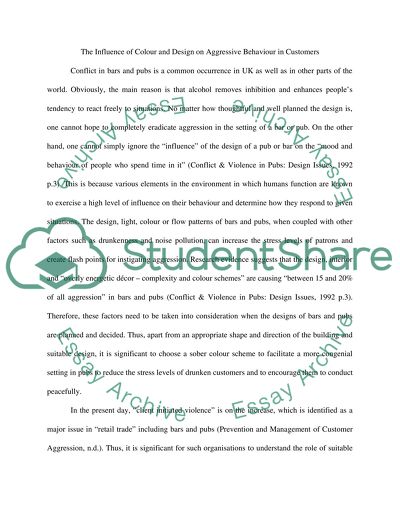Cite this document
(The Influence of Colour and Design on Aggressive Behaviour in Research Paper, n.d.)
The Influence of Colour and Design on Aggressive Behaviour in Research Paper. Retrieved from https://studentshare.org/marketing/1610972-how-color-influence-customers-decisions-and-behaviors
The Influence of Colour and Design on Aggressive Behaviour in Research Paper. Retrieved from https://studentshare.org/marketing/1610972-how-color-influence-customers-decisions-and-behaviors
(The Influence of Colour and Design on Aggressive Behaviour in Research Paper)
The Influence of Colour and Design on Aggressive Behaviour in Research Paper. https://studentshare.org/marketing/1610972-how-color-influence-customers-decisions-and-behaviors.
The Influence of Colour and Design on Aggressive Behaviour in Research Paper. https://studentshare.org/marketing/1610972-how-color-influence-customers-decisions-and-behaviors.
“The Influence of Colour and Design on Aggressive Behaviour in Research Paper”, n.d. https://studentshare.org/marketing/1610972-how-color-influence-customers-decisions-and-behaviors.


